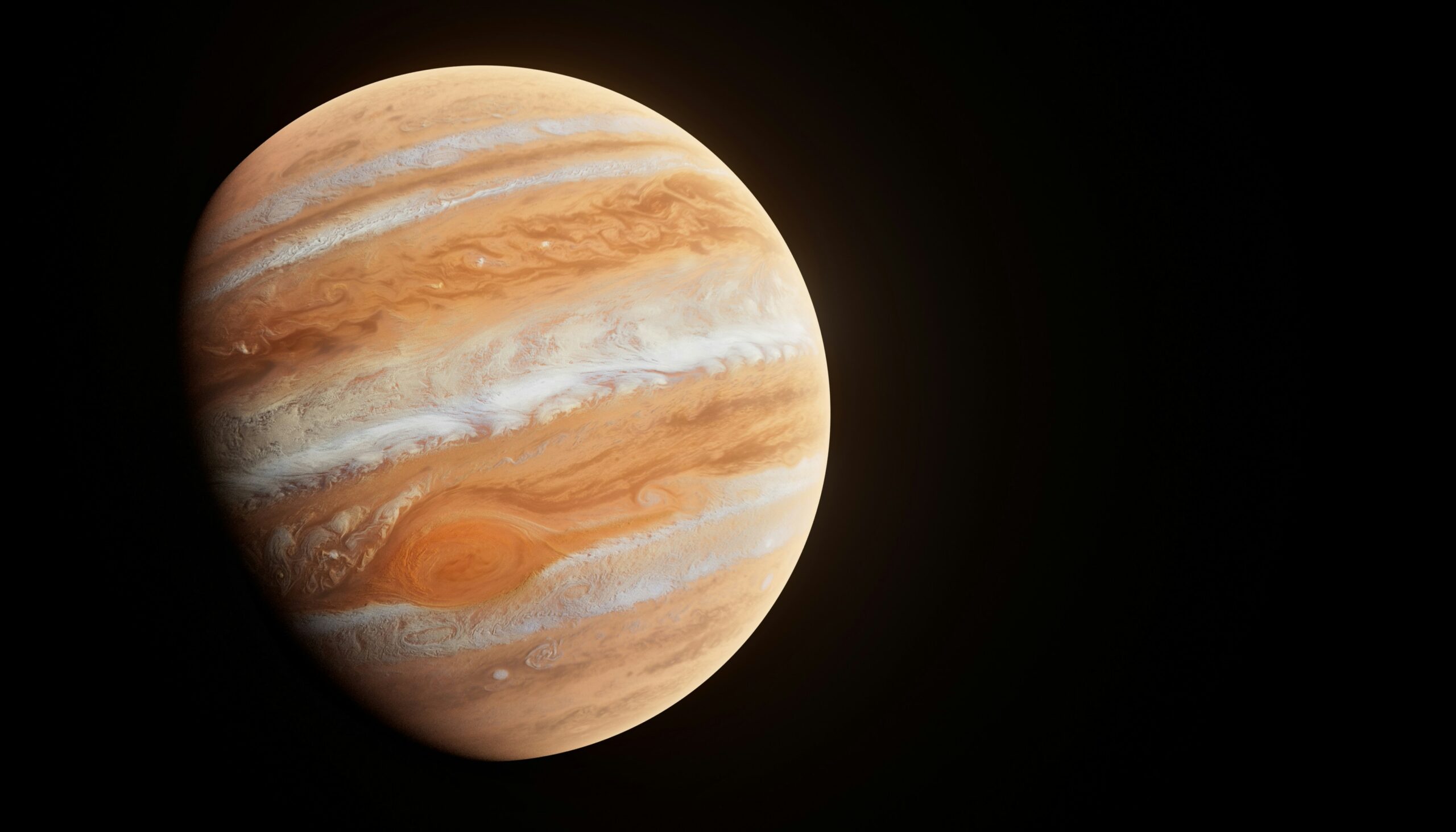When it comes to the vast expanse of our solar system, Jupiter stands out as one of the most fascinating planets. Not only is it the largest planet in our solar system, but it is also home to a breathtaking array of moons. In fact, Jupiter has a total of 79 known moons, making it a captivating destination for astronomers and space enthusiasts alike.
One of the most well-known moons of Jupiter is Io. This volcanic moon is famous for its intense volcanic activity, with over 400 active volcanoes dotting its surface. The eruptions on Io create a stunning display of plumes and lava flows, making it a truly mesmerizing sight.
Another intriguing moon of Jupiter is Europa. This icy moon is believed to have a subsurface ocean of liquid water, making it a prime candidate for the search for extraterrestrial life. Scientists believe that the combination of a liquid water ocean and a rocky seafloor could provide the necessary conditions for life to thrive.
Ganymede, the largest moon in our solar system, is also a moon of Jupiter. It is larger than the planet Mercury and has its own magnetic field. Ganymede’s surface is a mix of cratered terrain, grooves, and ridges, giving it a unique and diverse landscape.
Callisto, the fourth largest moon in our solar system, completes the quartet of Galilean moons. Its surface is heavily cratered and is believed to have a subsurface ocean as well. Callisto’s ancient and unchanging surface provides valuable insights into the history of our solar system.
Exploring the moons of Jupiter has been a remarkable journey for scientists and has provided us with invaluable knowledge about the wonders of our universe. From the volcanic activity on Io to the potential for life on Europa, each moon offers its own set of mysteries waiting to be unraveled.
So, next time you gaze up at the night sky, take a moment to appreciate the beauty and complexity of Jupiter and its captivating moons. They are a testament to the vastness and diversity of our cosmic neighborhood.


